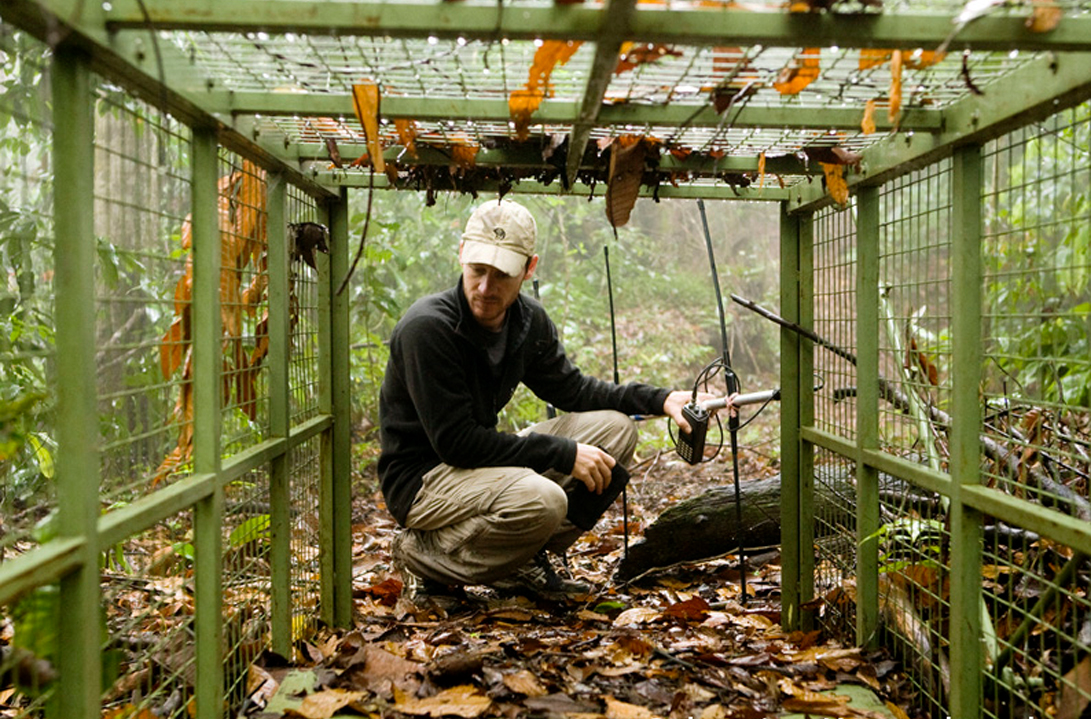
Postdoctoral Research Associate
Dr Andrew Hearn
PROFILE
Andrew is a wildlife ecologist and conservation biologist at WildCRU, with over 20 years of experience in conservation research. He is the Founding Director of the Bornean Carnivore Programme, which leads long-term efforts to study and protect Borneo’s rainforest carnivores.
His journey into carnivore conservation began in 2005 while leading an expedition to study orangutans in Borneo. During that trip, he caught a rare glimpse of what is perhaps the world’s least-known wild cat — the Borneo bay cat. That encounter sparked a lasting fascination with the island’s elusive felids and a determination to study and conserve them. Andrew subsequently co-developed and led the first dedicated wild cat research project in Borneo, funded by the UK Darwin Initiative — a pioneering effort at the time. Following the success of that project, Andrew joined WildCRU in 2010 to begin his DPhil under the supervision of Professor David Macdonald. This collaboration has since evolved into a long-running research programme advancing the science and conservation of tropical carnivores across Southeast Asia.
While his research spans a variety of taxa — including orangutans, Sunda pangolins, and Bornean ferret badgers — Andrew specialises in Borneo’s five species of wild cats, with the Borneo bay cat remaining a central focus of his work.
His research is interdisciplinary, combining field ecology with advanced techniques such as camera trapping, GPS telemetry, landscape genetics, and health monitoring to understand how these species persist in increasingly human dominated landscapes. He is also working with Taiwanese biologists to assess the potential for reintroducing the mainland clouded leopard to Taiwan — an ambitious initiative involving habitat modelling, conservation genetics, and broad stakeholder engagement.
As an active member of the IUCN Cat Specialist Group, Andrew has led global conservation assessments for both the Sunda clouded leopard and the Bornean bay cat, and contributed to evaluations of several other threatened species. He organised the first-ever Bornean Felid Workshop, which laid the groundwork for a regional wild cat action plan, and later helped develop the Sunda Clouded Leopard Action Plan for Sabah 2018–2024 — the first dedicated conservation strategy for this species. Andrew works closely with local and regional partners, including Sabah Parks, the Sabah Wildlife Department, Universiti Malaysia Sabah, and Universiti Brunei Darussalam, ensuring that his research supports real-world conservation. Andrew also supervises DPhil and Master’s students, helping train the next generation of conservation scientists and practitioners.
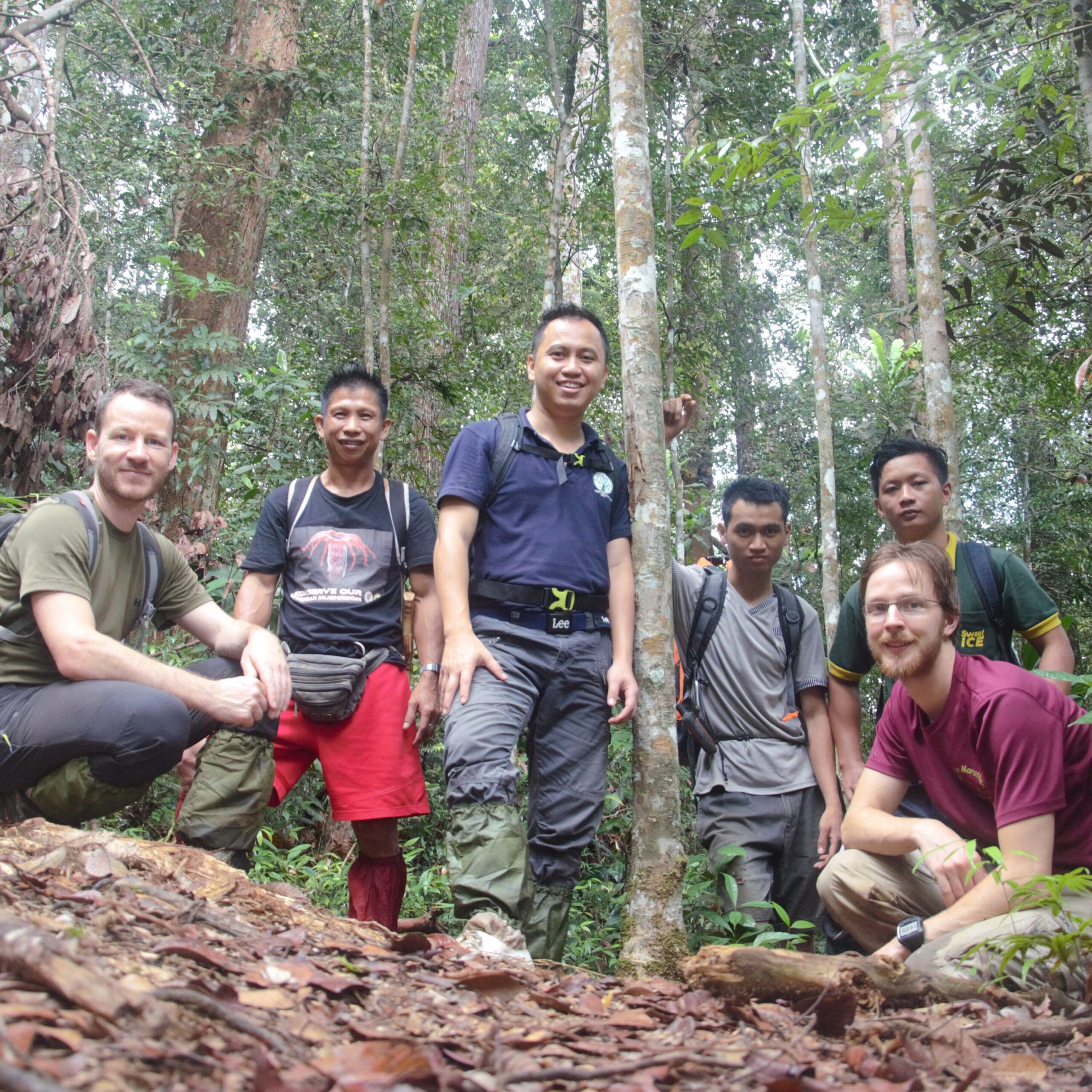
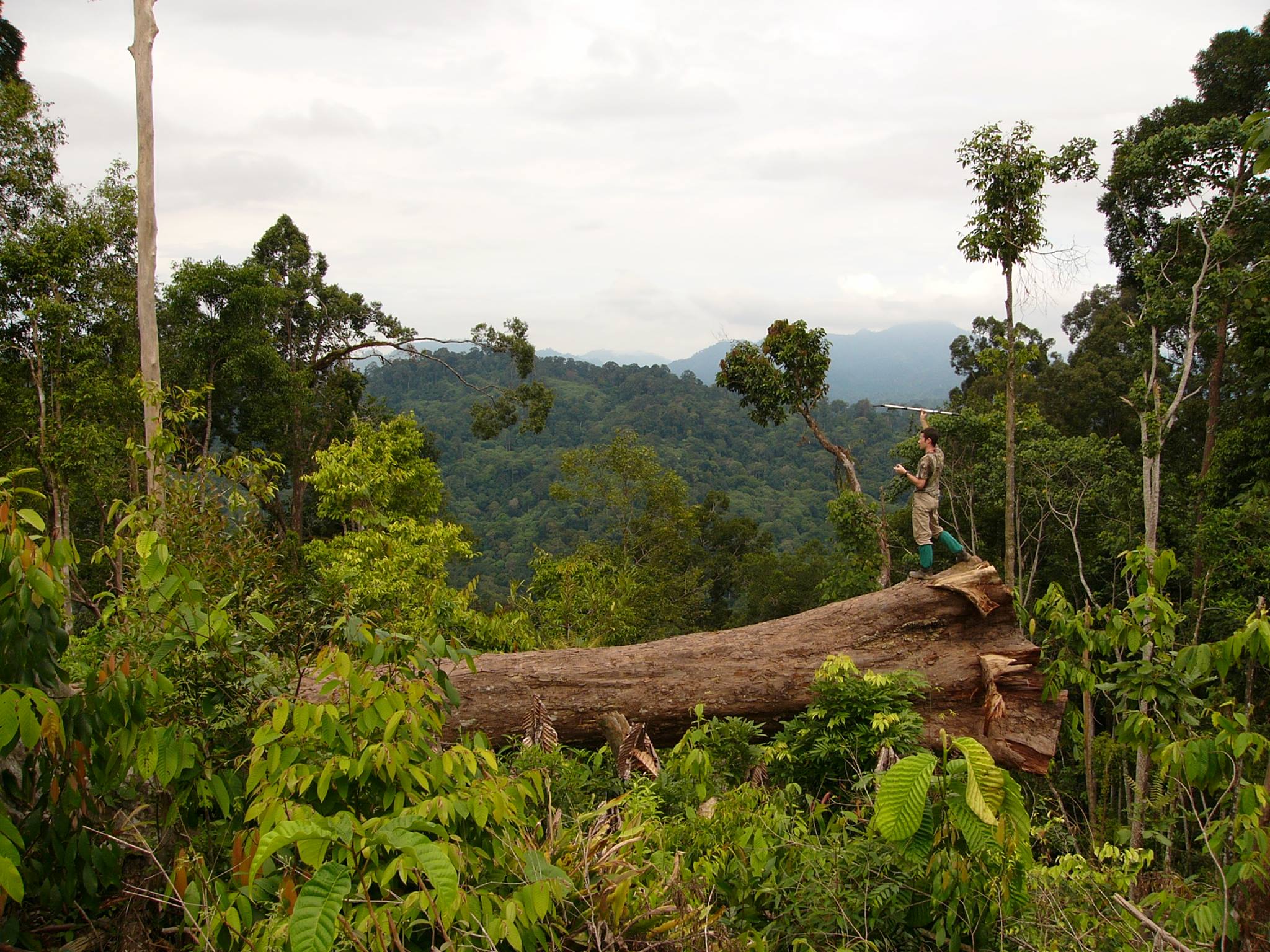
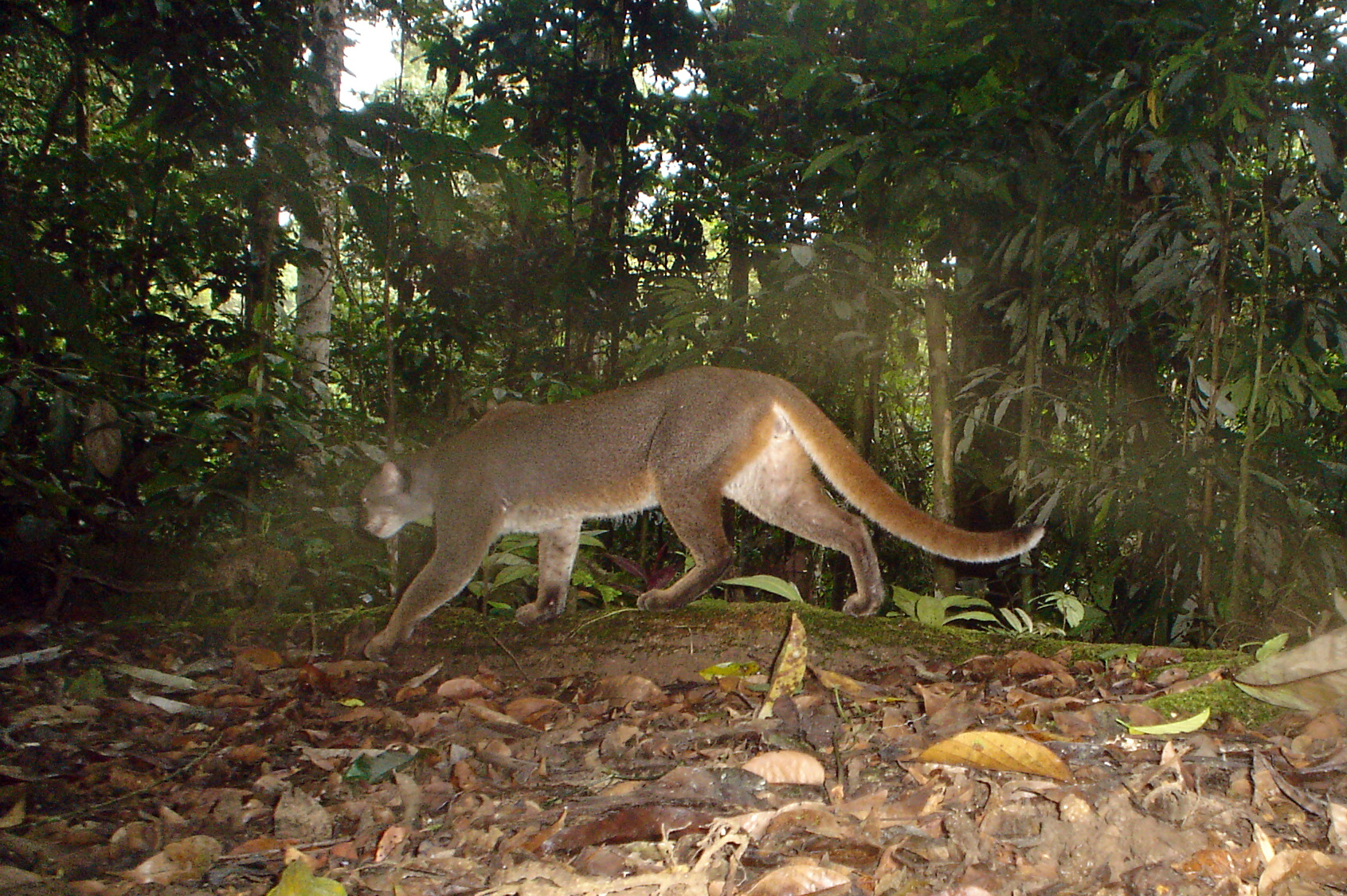
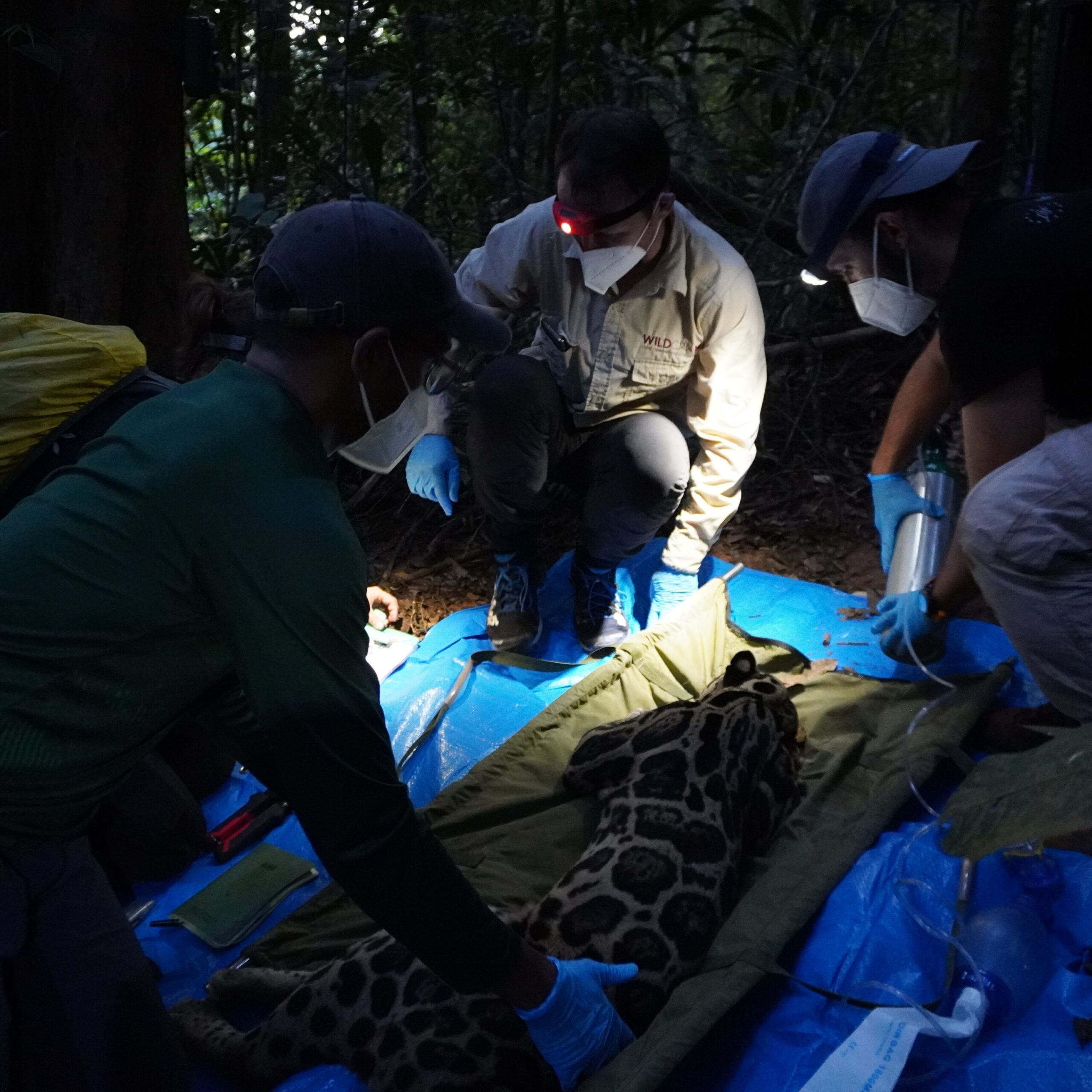
SELECTED PUBLICATIONS
Full publication list here.
Projected development in Borneo and Sumatra will greatly reduce connectivity for an apex carnivore.
Evaluating scenarios of landscape change for Sunda clouded leopard connectivity in a human dominated landscape
Spatio‐temporal ecology of sympatric felids on Borneo. Evidence for resource partitioning?
Projected development in Borneo and Sumatra will greatly reduce connectivity for an apex carnivore.
The islands of Borneo and Sumatra are strongholds for biodiversity and home for many endemic species. They also have experienced amongst the highest deforestation rates globally. Both islands are undergoing massive, rapid infrastructure development, leading to further deforestation and habitat fragmentation. Here, we identify priority areas for continued functional forest connectivity across Borneo and Sumatra, using spatial models of clouded leopard (Neofelis diardi, a forest indicator species) movement, and impacts thereto from existing and future infrastructure development. We specifically measure and map the anticipated impacts on forest functional connectivity of three major infrastructure development projects (Pan Borneo Highway, Trans-Sumatran Toll Road, and the new Indonesian capital city of Nusantara). We found that core clouded leopard habitats are already highly fragmented in Sumatra, constituting only ∼13 % of the island, with potential dispersal corridors still linking some habitat fragments. In Borneo, clouded leopard core habitats cover 34 % of the island, with one large central core area and several much smaller satellite cores, which are largely unprotected (15 % protected, compared to 42 % in Sumatra). The largest negative effect on habitat connectivity was predicted for Nusantara (66 % of the total connectivity loss predicted for all three infrastructure projects), reverberating across the entirety of Borneo with the strongest effects in East Kalimantan. The Pan Borneo Highway accounted for 28 % of the total connectivity loss, affecting every province in Borneo and Brunei, with 6 % of this decrease located within protected areas. The Trans-Sumatran Toll Road had the smallest negative effect on connectivity (6 %) but only when excluding the already built segments, which, when included, produce a total negative impact similar to that of the Pan Borneo Highway.